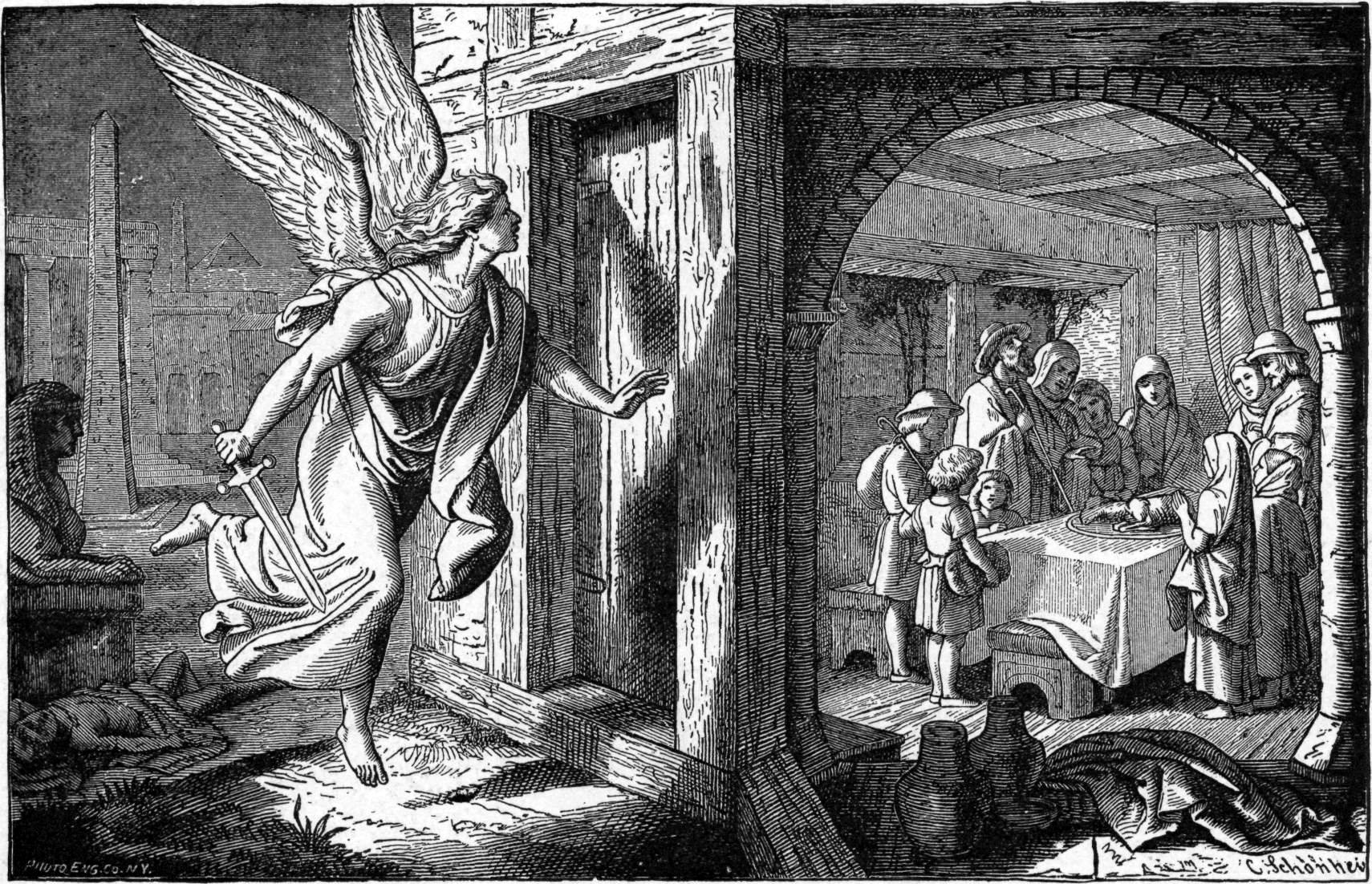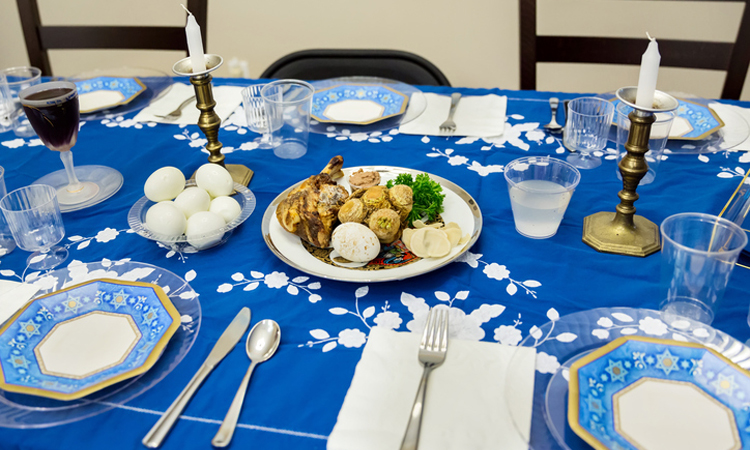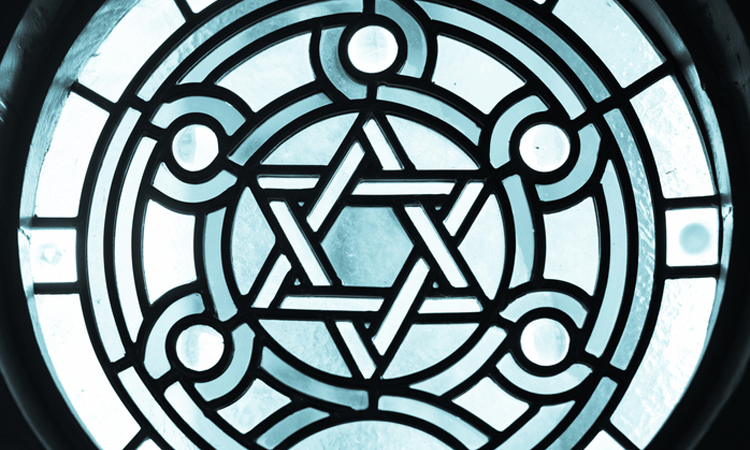A holiday with traditions thousands of years in the making
Happy Passover! Whether you’re an avid participant in the holiday or a loyal supporter, we’re providing a little history lesson on the ancient Jewish holiday. So, if you’re going to your first Seder this year, you’ll have a little background info.
How Passover Came to Be

More than 3,000 years ago, the Pharaoh of Egypt enslaved the Jews. According to the Book of Exodus, God sent Moses to convince the Pharaoh to “Let my people go.” The Pharaoh ignored this request. So, God sent nine plagues to Egypt, including locusts, hail storms and disease, yet the Pharaoh still didn’t budge. So, for the tenth plague, God slayed the first born son of every family in Egypt.
In order to protect the Jewish people, Moses told the Hebrews to slaughter lambs and spread the blood over their doors, so God would pass over their homes. Thus, the name Passover came about. When the Pharaoh’s own son was killed by the plague, he finally agreed to let Moses lead his people out of Egypt to the Promised Land. Essentially, Passover is the celebration of the freedom of the Jews.
Today, Passover is remembered and celebrated by a Seder, beginning the eight-day season of Passover – seven days in Israel – which usually happens at the first of spring. The Seder meal is consumed on the first two nights of Passover. This guarantees that every Jew around the world is celebrating at the same time as those in the holy land.
The Seder Meal

The Seder meal is an age-old tradition with specific ingredients and sequence of the meal, and remains one of the oldest ceremonial customs in human history. It starts out with wine, then a plate is presented full of symbolic reminders of the past: horse radish to recall the bitter times of Jews in bondage; charoset, a thick mixture of chopped fruit and nuts representing the mortar that slaves used to build the pyramids; parsley dipped in salt water, which represents the tears they shed; a shank bone representing the slaughtered lamb, which was slathered on doorways; and an egg that symbolizes springtime, hope and rebirth.
Once the dinner begins, the plate is removed from the table. Leaved bread, or risen bread, is strictly forbidden during Passover season, so flat matzah bread is served. The three pieces of matzah bread represent the three temples, two that were destroyed, and one that would be built when the Messiah came.
Matzah is also a symbol of the Exodus. Hebrews left in such a hurry, they couldn’t wait for their bread to rise. As the meal is consumed, four more cups of ceremonial wine are served. The final cup, the Cup of Elijah, is filled and the front door is open – an invitation for the Prophet Elijah to enter the home.
This year, Passover is celebrated from April 10-18. Passover is traditionally celebrated in two parts: the first two days and the last two days – the latter commemorating the splitting of the Red Sea – are full-fledged holidays.
People light candles at night, and enjoy holiday feasts. They don’t go to work, drive or do any regular day-to-day activities – or at least, that’s the tradition. The middle four days are called Chol Hamoed, semi-festive “intermediate days,” when most forms of work are permitted.
So, Happy Passover to you, and if a friend invites you to your first Seder, enjoy the experience!
Source: history.com



